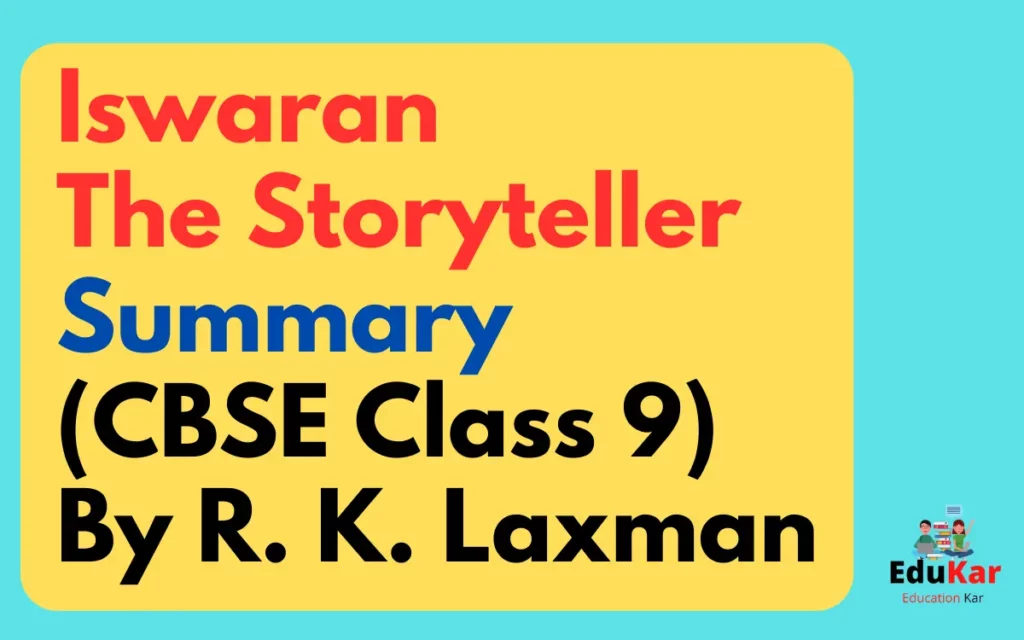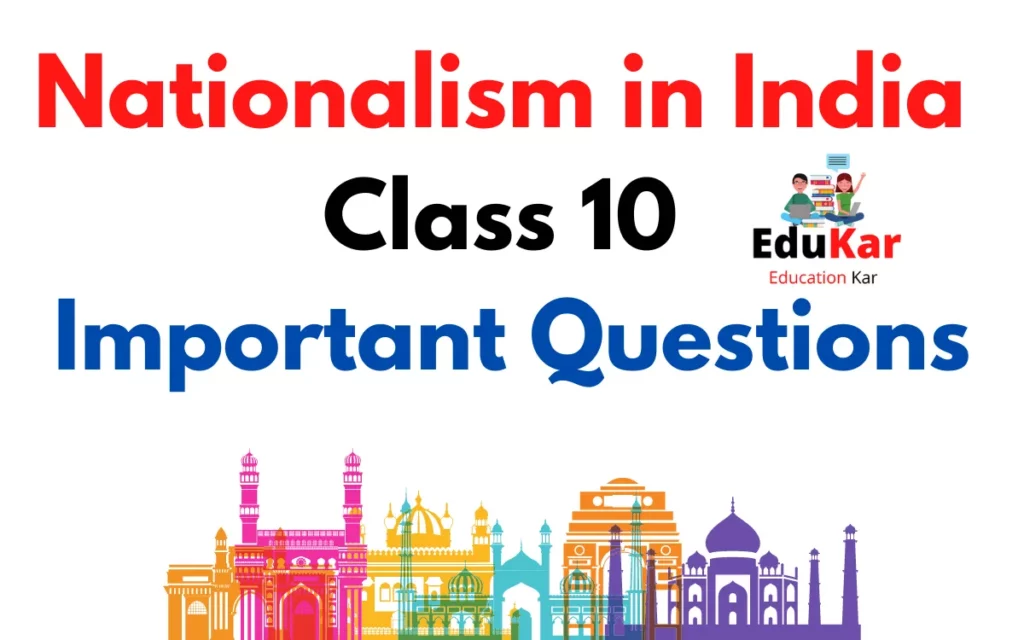
| Name | A Baker From Goa |
| Type | Summary |
| Class | 10 |
| Board | CBSE Board |
| Author | Lucio Rodrigues |
Short Summary – A Baker From Goa
A baker from Goa is a narrative that refers to the period when Goa was ruled by the Portuguese. The narrator of the tale is a Goan village baker. People in earlier days consumed loaves of bread. Large furnaces were used to make these. The street vendors, known as peddlers, would come to offer these loaves of bread while jingling a bamboo stick. Although today we might not see these loaves, we might occasionally see the furnaces and certain bakers continuing the traditional trade of their ancestors. The author recalls the baker visiting twice a day when he was a child. He was a buddy and a mentor to the author. In the writer’s home, the maids would buy loaves of bread to enjoy with tea.
Bread played a significant role in every celebration back then, particularly the sugary bread, Bol. The baker also wore an odd outfit, Kabai. It was a one-piece dress that came to her knees. Back then, baking was a successful industry.
The smallest district in Karnataka, Coorg or Kodagu, is the subject of the narrative Coorg. The area between Mangalore and Mysore is referred to by the author as Coorg as being wonderful. Given that it contains evergreen forests, spice, and coffee plantations, it is undoubtedly God’s place.
The best months to visit are from September to March because of the pleasant weather. The smell of coffee fills the air here. According to a well-known legend, the Coorg people, who are of Greek or Arabic heritage, were forced to stay here since it was impossible for Alexander’s army to travel back. As a result, they became residents of this area and married locals. People from Coorg may be seen wearing Kuppia, a long, black coat resembling the kuffs worn by Arabs.
Coorg locals are also quite courageous. One of the most significant regiments in the Indian Army is the Coorg Regiment. Additionally, General Cariappa, our first army commander, is a Coorg native. The Coorg highlands and woods serve as the River Cauvery’s principal water source. These waters are also home to the largest freshwater fish, the mahseer. We have a magnificent view of the entire Coorg region from the top of the Brahmagiri hills. Buddhist monks also reside in Bylakuppe on Nisargadhama Island, close to Coorg.
The previous chapter Rajvir and Pranjol, two pals, come to Assam during the beginning of the story of tea from Assam. They purchase the tea from a roadside vendor on their route. Rajvir informs Pranjol while enjoying his tea that more than 800,000,000 cups of tea are consumed worldwide each day. Pranjol is reading a detective novel as Rajvir takes in the lovely and peaceful surroundings. As far as the eye could see, tea bushes could be found everywhere. They also noticed a structure that contained a tea garden.
The largest tea plantations are in Assam, and no one is aware of the person who first found tea. But it is the subject of countless legends. A Chinese legend claims that a few tea branches unintentionally fell into the boiling, hot water. The wonderful flavour was enjoyed by the Emperor. It came into being in this manner. According to an Indian myth, Buddhist monk Bodhidharma chopped his eyelids to prevent falling asleep while meditating. These produce about ten tea plants, and when they are boiled in hot water and consumed, they help people stay awake. They both disembarked at Mariani Junction and proceeded to the Dhekiabari Tea Estate. They observed women picking tea leaves there. There, Pranjol’s father had come to meet them and claimed to be an expert on tea estates. Rajvir claims that he is eager to pick his brain.
About The Author
The first one is by Lucio Rodrigues’ “A Baker from Goa.” This narrative, which focuses on a baker, is set in earlier Portuguese times. Lokesh Abrol’s Coorg is the second. It is a narrative about the Karnataka region of Coorg.
Conclusion
The book “A Baker from Goa” highlights the significance of the Goan people’s custom of baking bread for all celebrations and special occasions. Even today, this custom is being practised. This demonstrates how being true to our traditions can help us preserve our history and culture.







![In The Kingdom Of Fools Summary [CBSE Class 9] By A.K. Ramanujan In The Kingdom Of Fools Summary](https://edukar.org/wp-content/uploads/2022/10/In-The-Kingdom-Of-Fools-Summary-1024x536.webp)
![The Tale of Custard The Dragon Question Answers [Class 10 English Poem by Ogden Nash] The Tale of Custard The Dragon Question Answers](https://edukar.org/wp-content/uploads/2022/12/The-Tale-of-Custard-The-Dragon-Question-Answers--1024x640.webp)
![Bangle Sellers Summary [ICSE Class 10] By Sarojini Naidu Bangle Sellers Summary](https://edukar.org/wp-content/uploads/2022/10/Bangle-Sellers-Summary-1024x536.webp)



![Weathering The Storm In Ersama Summary [CBSE Class 9] by Harsh Mander Weathering The Storm In Ersama Summary](https://edukar.org/wp-content/uploads/2022/10/Weathering-The-Storm-In-Ersama-Summary-1024x536.webp)

